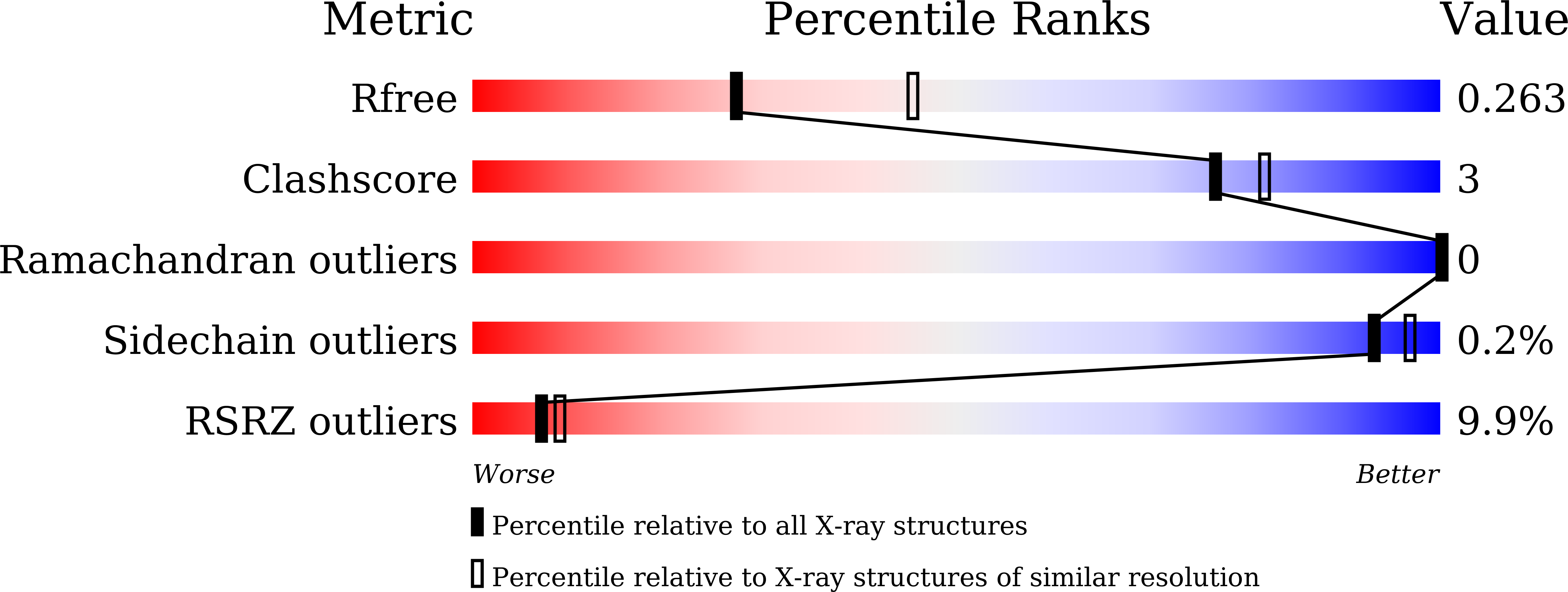
Deposition Date
2020-12-18
Release Date
2021-05-19
Last Version Date
2024-04-03
Method Details:
Experimental Method:
Resolution:
2.55 Å
R-Value Free:
0.26
R-Value Work:
0.20
R-Value Observed:
0.21
Space Group:
P 21 21 21


